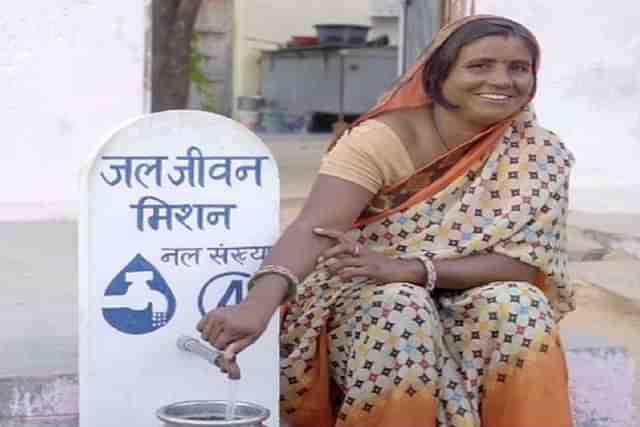Key highlights
India’s Jal Jeevan Mission (JJM) is on the brink of a historic milestone, with tap water connections now reaching nearly 80% of rural households—a dramatic leap from just 17% before the mission’s launch in 2019. This rapid expansion is reshaping the social, health, and economic fabric of rural India, especially for women and children.
Massive Expansion and Current Status
As of March 2025, over 15.52 crore out of 19.36 crore rural households now have functional tap water connections, covering 80.15% of all rural homes nationwide. At launch, only 3.23 crore households (just 17%) had access, illustrating unprecedented growth over five years.
The Mission is not just about numbers: 85% of these homes receive water in adequate quantity, 80% on a reliable schedule, and 87% meet prescribed quality norms—reflecting improved infrastructure and water management.
Universal coverage is within sight, with the Jal Shakti Ministry targeting the remaining 4 crore households in coordination with lagging states by the end of 2025.
Social and Economic Ripple Effects
The Mission has helped liberate rural women and girls from centuries-old drudgery of fetching water, freeing time for education, work, and community participation.
According to WHO estimates, improving tap water access could prevent nearly 400,000 annual deaths from diarrheal diseases and save more than 5.5 crore hours of daily labor, mostly by women.
The program has spurred job creation, with IIM Bangalore and ILO estimating nearly 60 lakh person-years of direct employment from project construction and another 13 lakh in ongoing operations.
Technology, Accountability & Community Participation
Quality and sustainability are enforced through third-party inspections, IoT-based water monitoring, and geo-tagged asset creation.
Over 24 lakh women are now trained in field testing water quality, fostering community ownership and improving long-term resource management.
Digital dashboards and mobile apps provide transparency, letting citizens track village, district, and statewise progress in real time.
Certification & Next Steps
The “Har Ghar Jal” campaign has seen 189 districts and 1.53 lakh villages certified as fully covered, following strict audits and Gram Sabha resolutions.
The final phase targets the last stretch: connecting the remaining households, ensuring consistent quality, and maintaining source sustainability for lasting impact.
Sources: PIB, Business Standard, Ministry of Jal Shakti, LinkedIn
